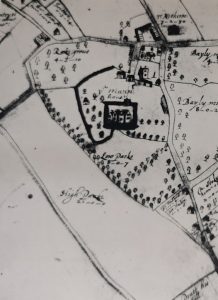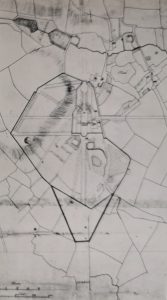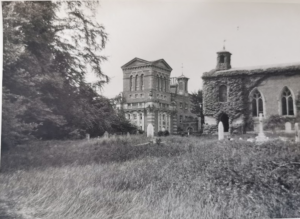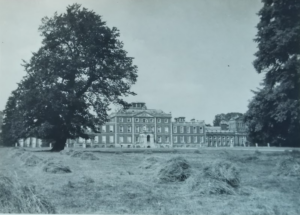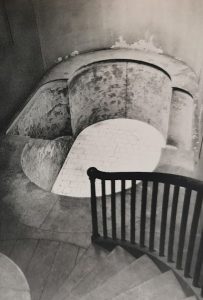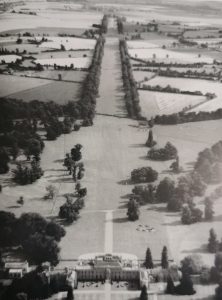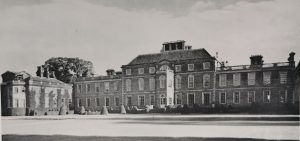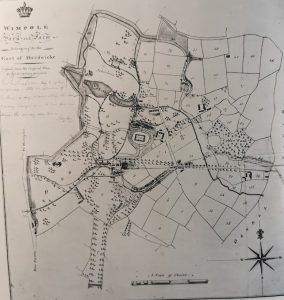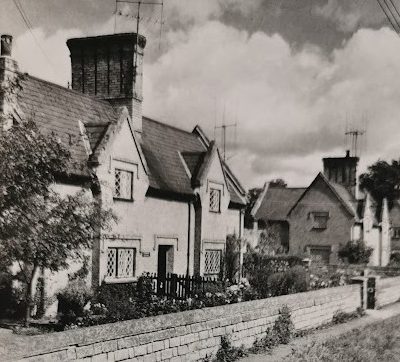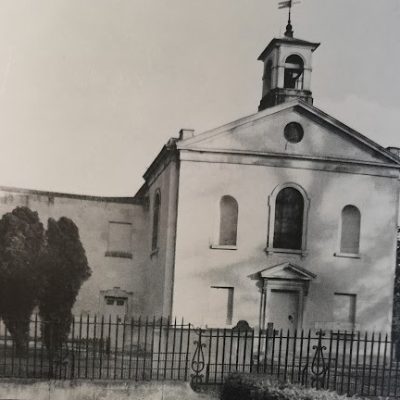Search by topic
- archaeology
- Building of Local Interest
- chapel
- charity
- church
- crime
- dressmaker
- Great Eastern Railway
- Listed building
- Mapping Relief
- medieval
- oral history
- poverty
- Public House
- Rattee & Kett
- Religious House
- Roman
- scholar
- school
- Then and Now
- tudor
- women
- work
- world war one
- world war two
Search by text
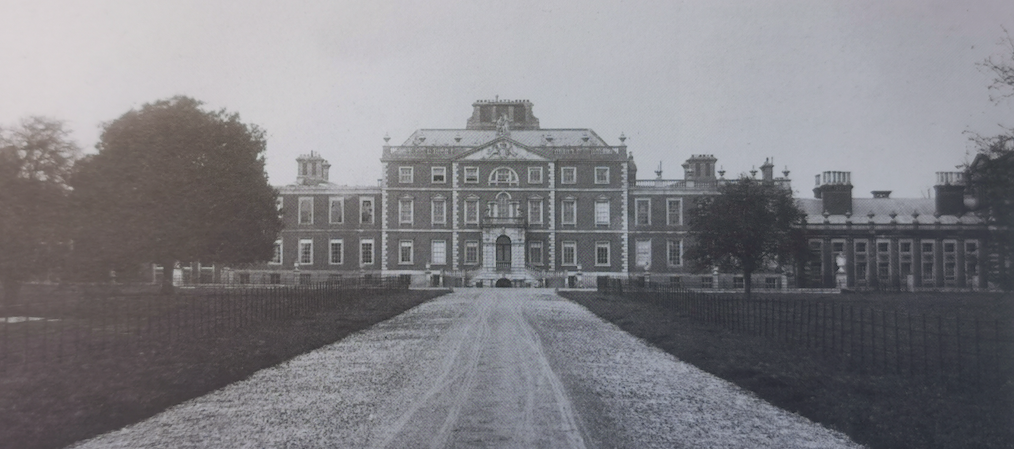 Wimpole Hall, c.1900 (Cambridgeshire Collection)
Wimpole Hall, c.1900 (Cambridgeshire Collection)Wimpole Hall
History of Wimpole Hall
C19 formal gardens on the site of late C17 gardens, with C19 pleasure grounds originating in the mid C18, set in an extensive park first enclosed in 1302. Successive designs for the park were prepared by Charles Bridgeman, Robert Greening, Lancelot Brown, William Emes and Humphry Repton, who produced a Red Book for Wimpole in 1801.
Park Farmhouse: House. 1860 (dated stone panel to gable end on east front).
Dairy and dairy cottage. 1862.
Barn. Circa 1800 by Sir John Soane.
Folly Castle. 1768-70 by James Essex. (Historic England)
Wimpole Hall was begun c.1640 for Sir Thomas Chicheley, a rich wool merchant, member of the Grocer’s Company, and a friend of Wren.
1868 Estate sold to City merchant, Sir John Cutler.
1693 Wimpole passes to the 2nd Earl of Radnor
1710 Sold to the Duke of Newcastle and then on to his son-in-law Edward Harley, later 2nd Earl of Oxford, son of Queen Anne’s minister.
1740 sold to Philip Yorke, 1st Earl Hardwicke, Lod Chancellor from 1736 – 1756.
1767 2nd Earl Hardwicke used Capability Brown to extend the park to the north, building the Gothic Tower.
1790 3rd Earl Hardwicke succeeds, a client of Sir John Soane.
4th Earl Hardwicke, an Admiral and Lord-in-Waiting to Queen Victoria made further additions to the house.
1843 Royal Progress
1894 5th Lord Hardwick, ‘Champagne Charlie’, sold estate to 2nd Lord Robartes. He succeeded as 6th Viscount Clifden.
1938 7th Viscount Clifden sold house to Captain and Mrs Bambridge.
Mrs Bambridge, daughter of Rudyard Kipling, restored and furnished the house.
In 1976 Mrs Bambridge died and the Hall was left to the National Trust.
Contribute
Do you have any information about the people or places in this article? If so, then please let us know using the Contact page or by emailing capturingcambridge@
License
This work is licensed under CC BY-NC-SA 4.0





